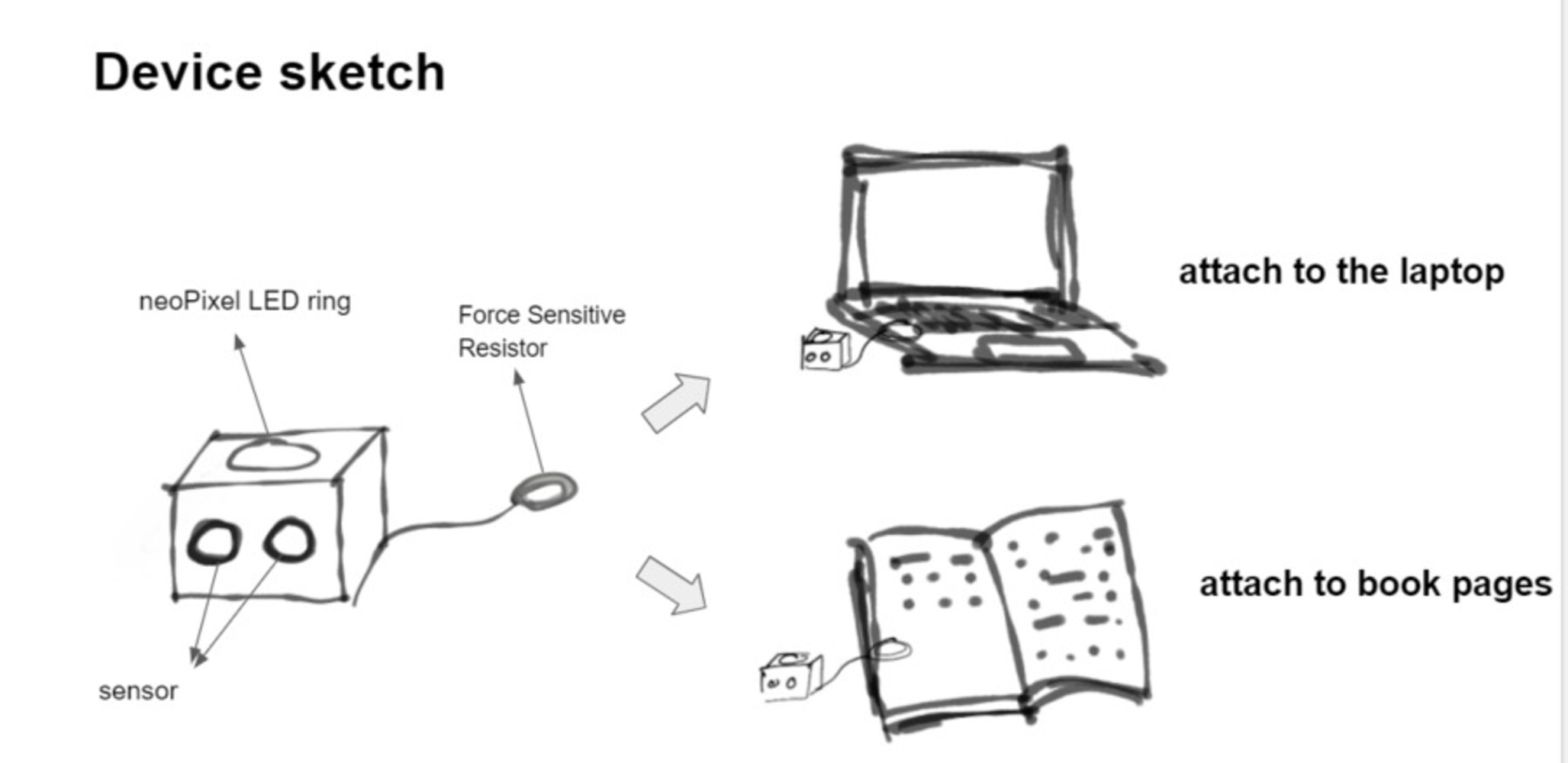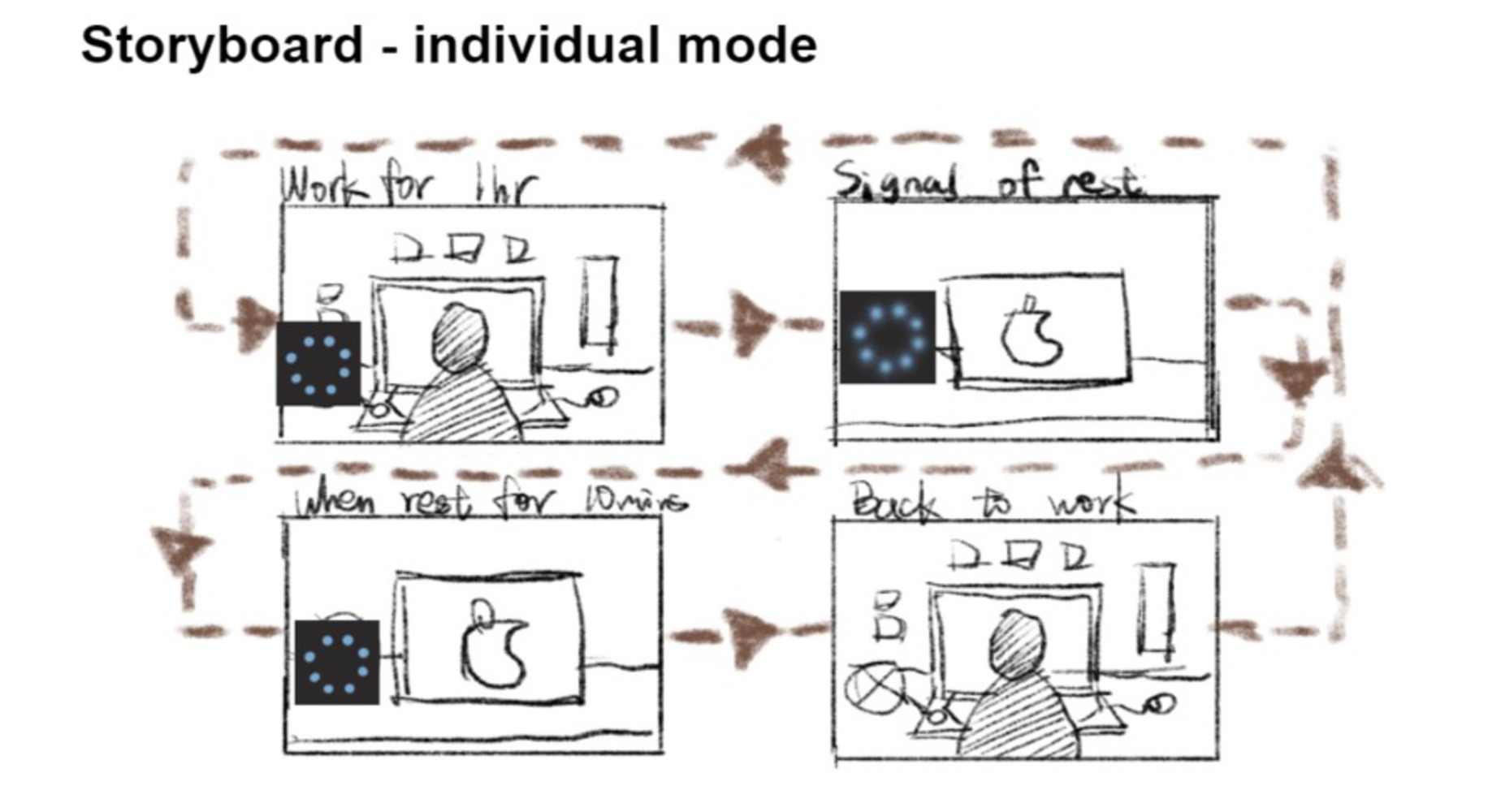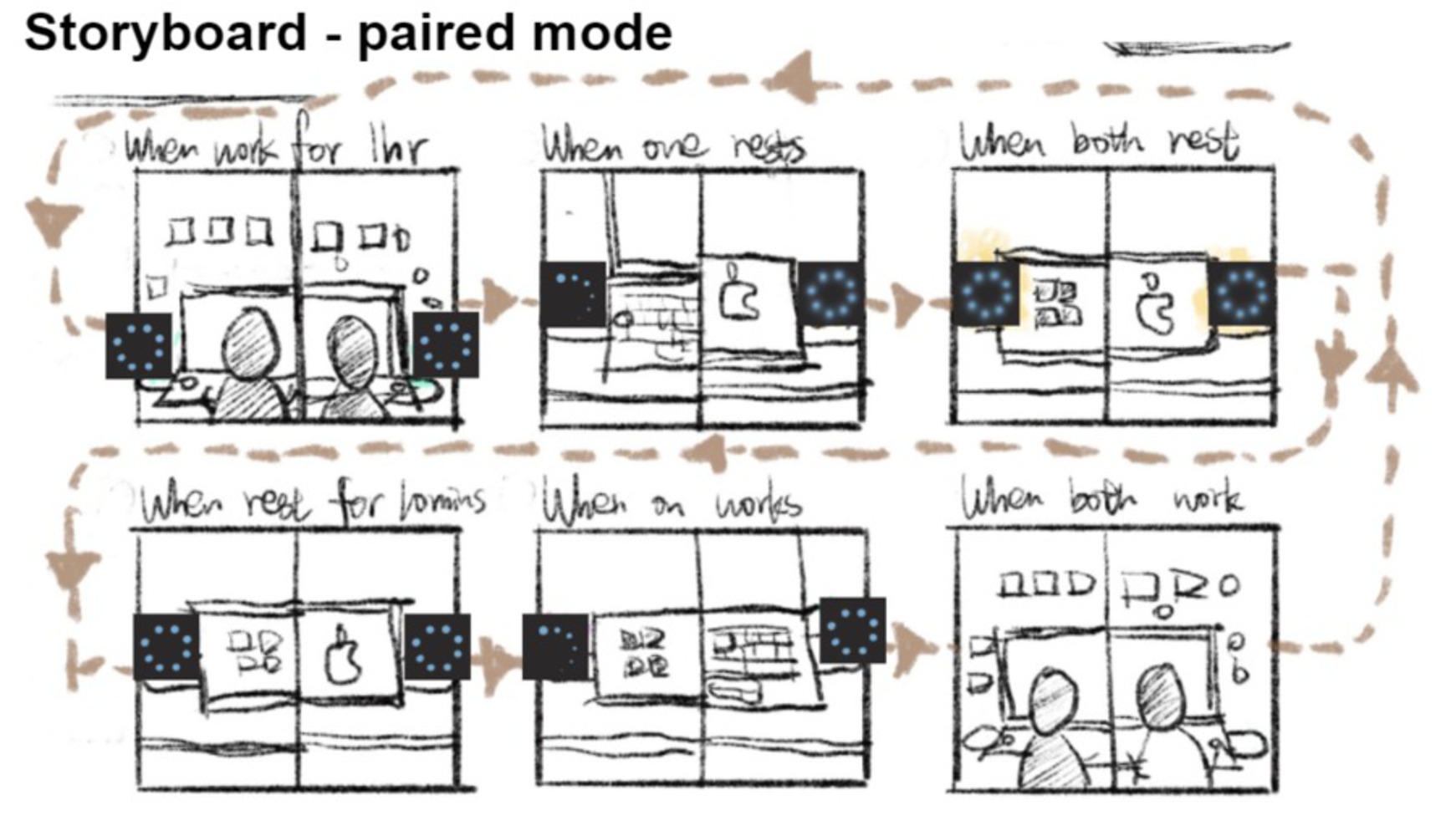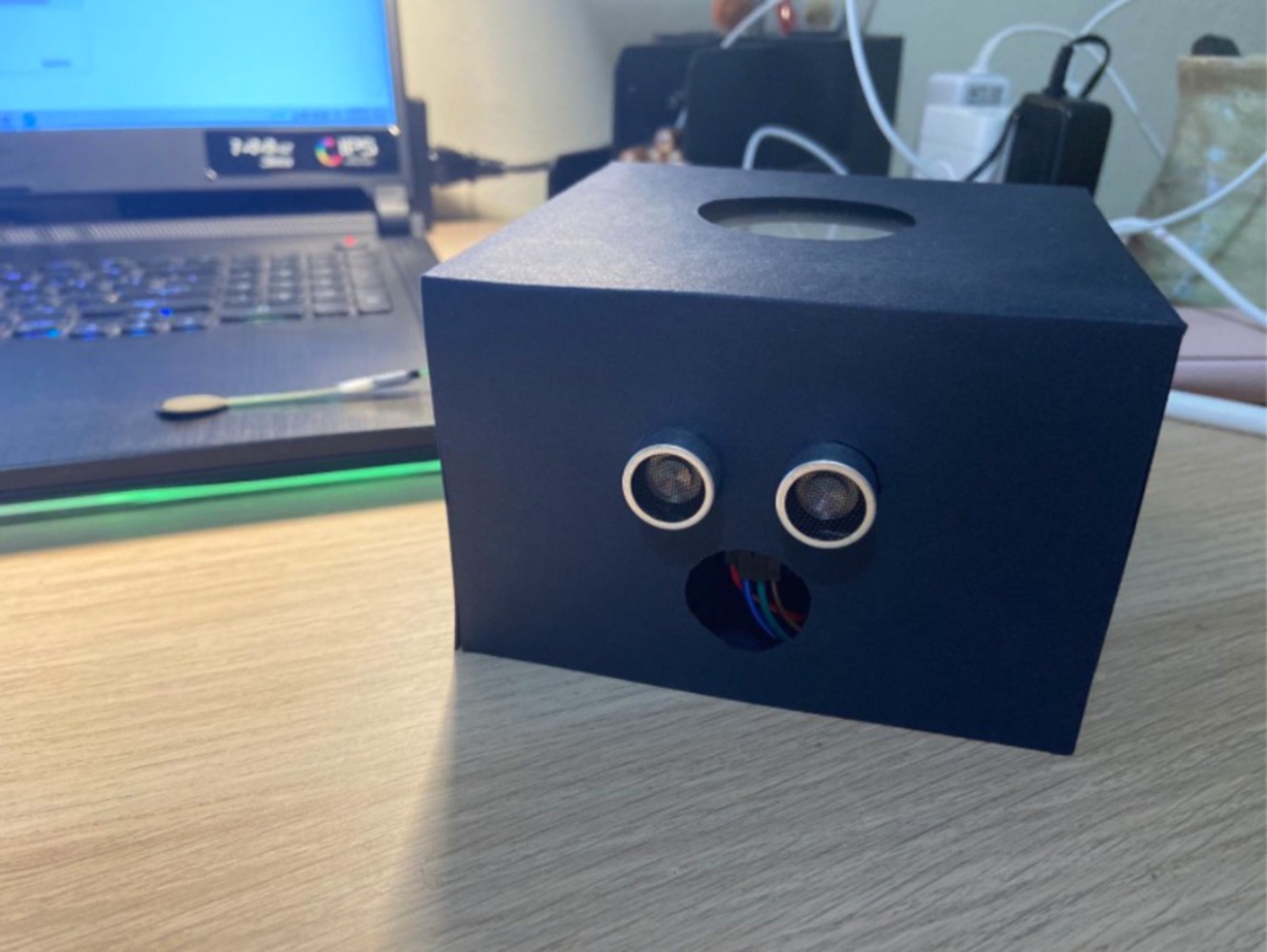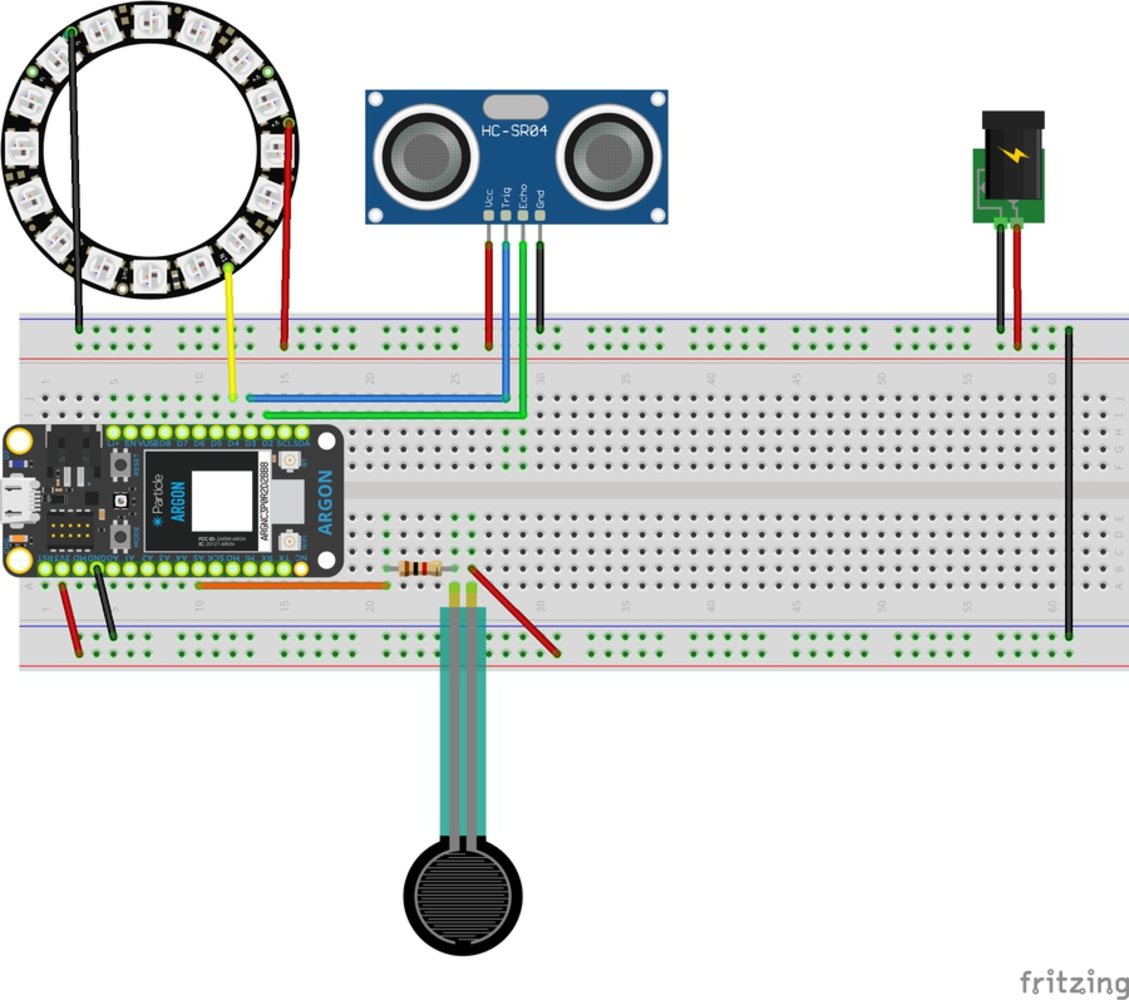Intention
Intention:
More people are experiencing work-from-home scenarios and have fewer connections than working in the open-space office or classroom. Long-time sitting and staring at the screen without consciousness causes issues for those who work from home. We are thinking of connected devices called WeRest to remind you to take a break with peers supervised to ensure sufficient relaxation and connections. WeRest will create a virtual study room for you and your peers to spend time working together with a silent ‘school bell’ reminding you to relax together.
Approach:
We are going to design an ambient device with intuitive glanceability. The device will keep ‘calm’ when the user is working, and when the user needs to have a rest, there will be ambient lights indicating the change of status. Through this approach, the user will not be disturbed by the device when working, and can receive signals when it is time to leave from the screen.
